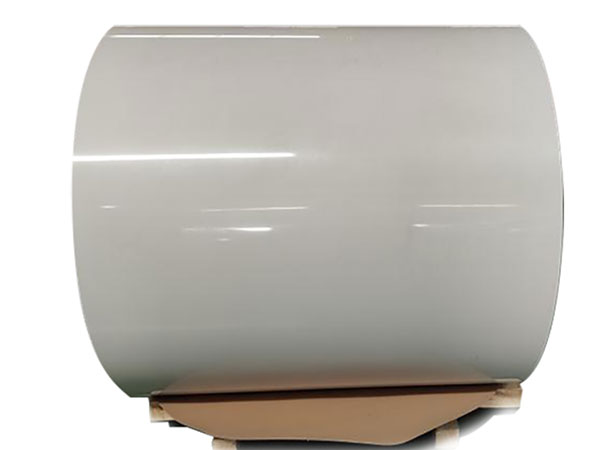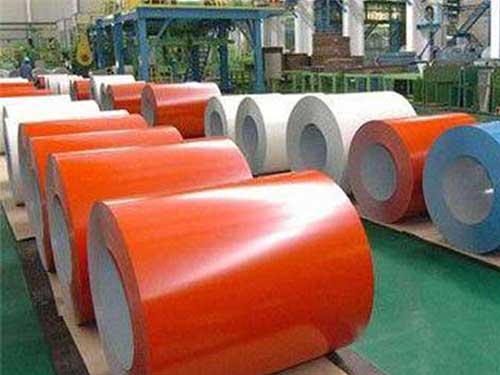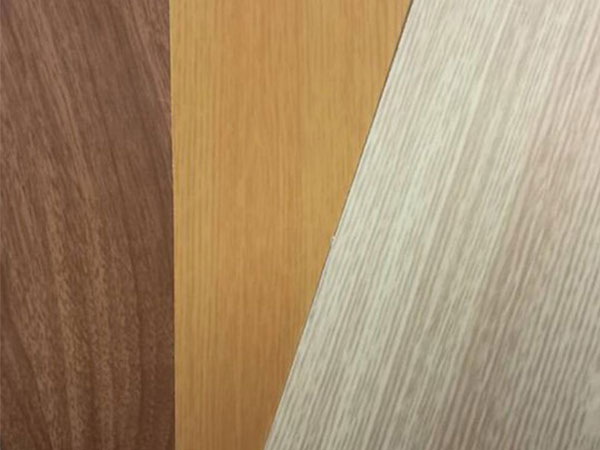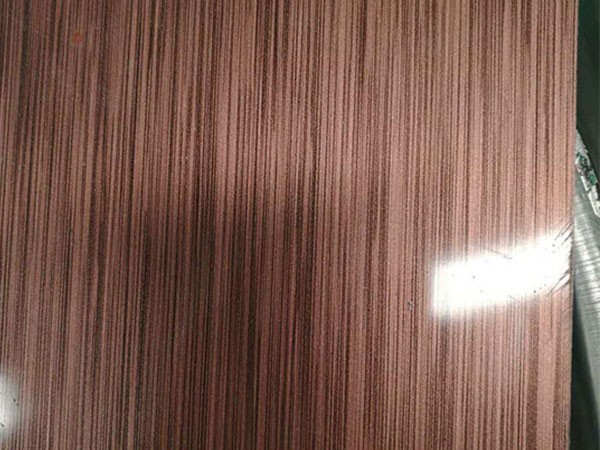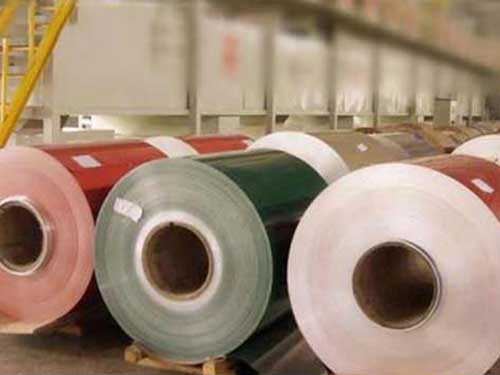Color Coated Aluminium Coil A1050 1060 1100
When you hear “aluminium coil,” the first thing that probably pops into your head is some shiny metal rolls that factories use to make stuff—right? Well, if we’re talking about color coated aluminium coils, especially grades like A1050, 1060, and 1100, you're actually looking at a material that's not just about rugged functionality but also about aesthetics, versatility, and subtle engineering tweaks that make it shine in the real world. Let's break this down in a way that skips the jargon and gets you what's really good here.
What’s So Special About These Grades?
Before getting to the colors and applications, it helps to know a bit about these aluminium grades: A1050, A1060, and A1100 belong to the 1xxx aluminum series, which means they’re pure aluminium with 99% or more aluminium content. This purity gives them excellent corrosion resistance, great ductility (they’re easy to bend without breaking), and fantastic thermal and electrical conductivity.
Working with Color Coated Aluminum Coil (CCAC) in A1050, 1060, and 1100 alloys reveals distinct processing characteristics. A1050, with its high purity, offers excellent formability and paintability, making it ideal for applications requiring deep draws or complex shapes. However, its softer nature can present challenges during handling and fabrication, potentially leading to scratching or marring of the coating if not handled with care. The 1060 alloy presents a good balance between strength and formability, often a preferred choice for applications needing moderate strength and excellent coating adhesion. We've found that pre-treatment processes, like proper surface cleaning and chromating, are crucial to ensure consistent coating quality across all three alloys, minimizing issues like delamination or poor color uniformity.
The 1100 alloy, while also highly formable, can sometimes exhibit slightly less robust coating adhesion compared to 1060. This often depends on the specific coating process and the chosen coating system. We've seen instances where certain coating formulations, particularly those with higher pigment loading, perform better on 1060 than 1100. Furthermore, the coil's temper is paramount for successful fabrication. A fully annealed coil will be more formable but potentially less resistant to scratching during processing. Careful consideration of the alloy choice, the coating process parameters, and the final application’s
- A1050: Often used where surface finish matters, it’s super smooth and reliable.
- A1060: Quite similar to 1050 but slightly more ductile and soft.
- A1100: The go-to grade when you need excellent ductility plus good workability.
These tiny variations might sound trivial, but they determine how easy the coil will be to roll, color coat, cut, fold, or mold without cracking or compromising strength.
The Magic of Color Coating
Now, imagine that shiny aluminium coil given a splash of permanent color—say, vibrant reds, elegant blues, or earthy greens. Color coating is a specialized process that involves dipping or spraying the coil with multiple layers of paint, sometimes including primers and protective layers to ensure longevity.
Why does color coating matter?
- Protection: The paints enhance the already excellent corrosion resistance, especially in harsh climate zones.
- Aesthetic Appeal: Architects and designers love color coated coils because they bring buildings, appliances, and many other objects to life with fresh colors and patterns.
- Ease of Maintenance: The smooth color coating surface is typically easy to clean and resistant to stains.
- Resistance to Fading and Scratching: Thanks to advances in coating tech, these coils maintain their look for years, even under the scorching sun or frequent handling.
Where Do You Find These Color Coated Coils?
Their applications are truly everywhere once you start looking.
- Construction & Architecture: Think building facades, roofing sheets, false ceilings, and shutters. The varied colors effortlessly add personality to glass and steel frames, protecting structures while keeping folks visual interest.
- Appliances: Ever wonder how washing machines, refrigerators, or air conditioners get their smooth, appealing finishes that last? Yep, color coated aluminium coils of these grades do the trick.
- Automotive Industry: Interior trims, dashboards, and outer panels sometimes depend on these aluminum coils for lightweight and colorful designs.
- Furniture: Modern cabinets, shelving panels, and office furniture often get a sleek aluminum-backed color coating for durability and looks.
- Signage & Advertisement: The aluminium coils easily get transformed into colorful billboards and signs resistant to weather and fading.
The Technical Twist: Why Choose These Grades for Color Coating?
Not all aluminum coils are equal when it comes to handling paint. The high purity of A1xxx series means fewer impurities that can cause blotches, poor adhesion, or cracking post-coating.
- Smooth Surface Finish: A lower level of alloying elements allows a brilliant finish after coating.
- Consistent Thickness: Critical for even color coating without patches.
- Flexibility: The ability to bend and shape without damaging coating looks — crucial when making curved panels or intricate façades.
Wrapping Up
If you had overlooked color coated aluminum coil simply as “colored metal sheets,” it's time to lift the curtain. The A1050, A1060, and A1100 coils bring together purity, protection, and style in a perfect sprint towards functionality and design.
They’re the silent strength behind those colorful buildings you admire, the ultra-sleek gadgets you use, and the vibrant outdoor signs spotting your neighborhood.
So next time you see a shiny, colorful Aluminium coil, remember, it’s more than a metallic strip—it’s an industrial marvel thoughtfully engineered to marry beauty with practicality.
https://www.al-alloy.com/a/color-coated-aluminium-coil-a1050-1060-1100.html


